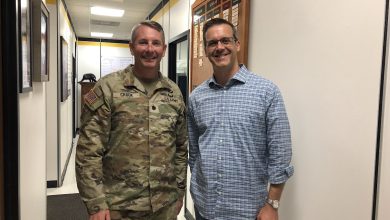Autism Compliance Research
For young children with autism, doing something when asked, or compliance with instructions, is a crucial step in learning other skills and often determines success in school settings. Dr. David Wilder and his research team in the School of Behavior Analysis at Florida Tech have been investigating compliance for years. They examine methods of assessing compliance and ways to increase compliance among children with autism.
So far, the team has published thirteen studies on this topic, with more in preparation. Among their findings is that compliance can be increased by first making eye contact, saying the child’s name, and gesturing (in addition to saying) the instruction. They have also found that some children simply don’t understand the instructions presented to them; Dr. Wilder’s team has developed an assessment to determine if children don’t understand what is being asked of them or if they are simply unmotivated to comply.
The team has also investigated “high-probability” instructions, or instructions / questions with which children are likely to comply, which are delivered immediately before the instruction targeted for compliance. Examples of these include “Give me five!” and “What’s your favorite food?” presented just before “Clean up your toy”. Dr. Wilder’s research team has found that presenting more (e.g., 5) high-probability instructions is generally more effective to increase compliance than fewer (e.g., 2-3) high-probability instructions.
The overall goal of this research is to identify methods to both assess and increase compliance among children with autism so that they can acquire the social, pre-academic, and self-care skills necessary to become independent.





